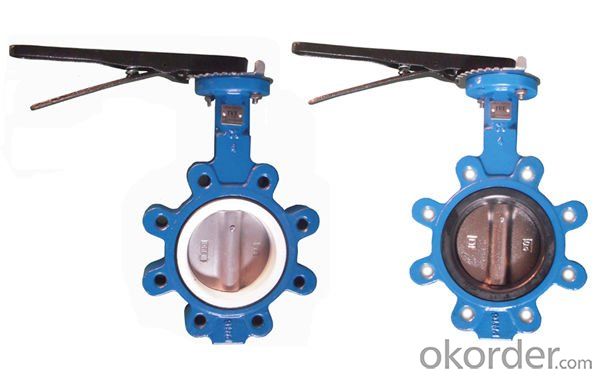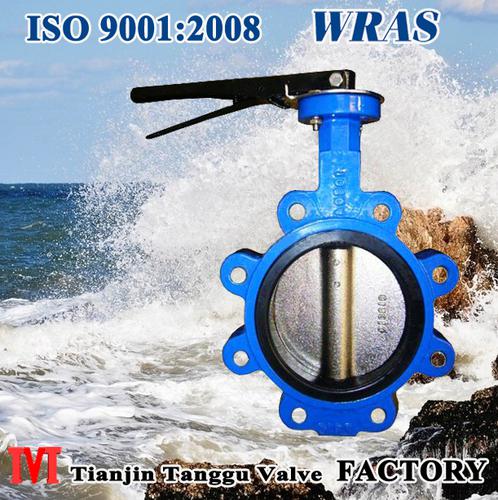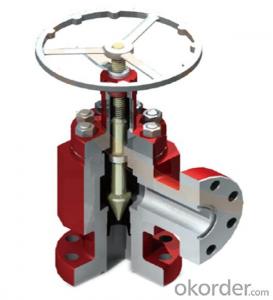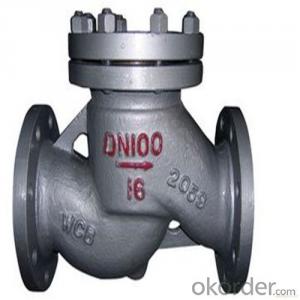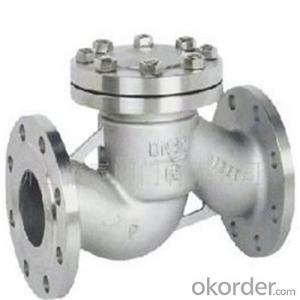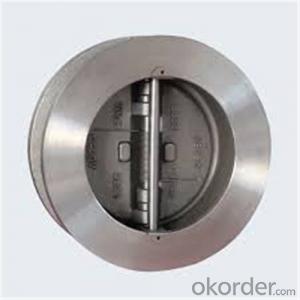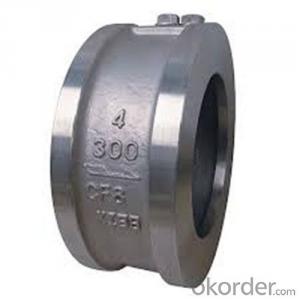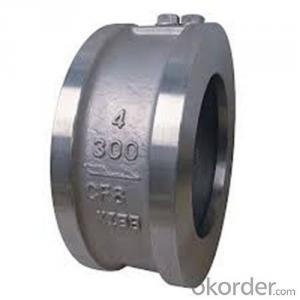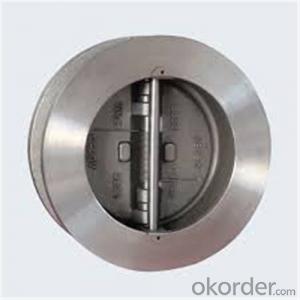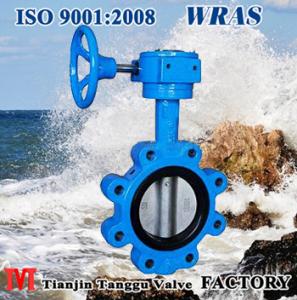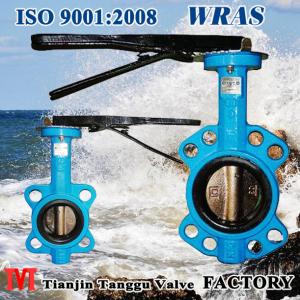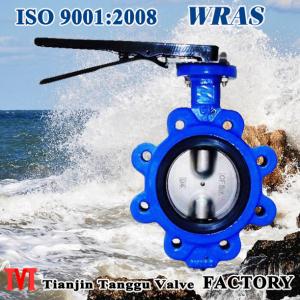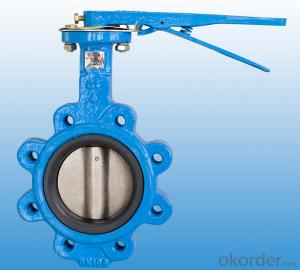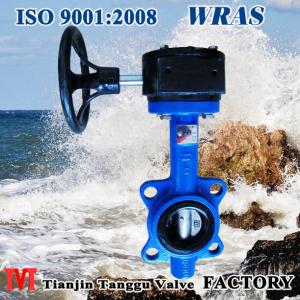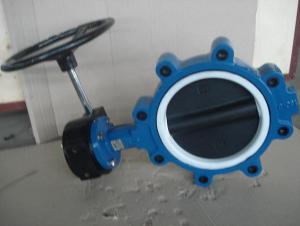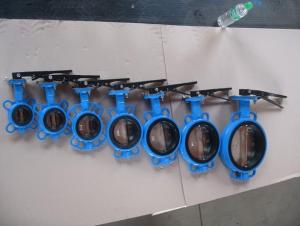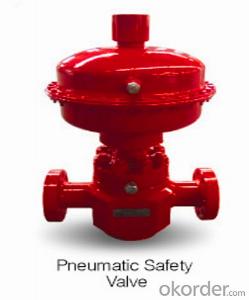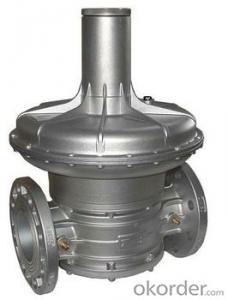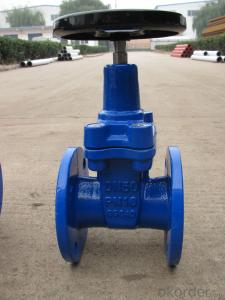Specifications
Cast Iron Handle Lever Lug Type Butterfly Valve
2"~48"
PN1.0/1.6MPa
ISO,ASTM,API,ANSI,BS,DIN,JIS,EN approved
OEM/ODM
Handle lever wafer type butterfly valve
DN50-1200mm
PN1.0/1.6MPa
CI, DI, Stainless Steel material
Actuator (power): handle, wormgear pneumatic, electric etc.
Features:
1) Working temperature: -15~150°C
2) Applicable medium: fresh water, sea water, sewage, sir, vapor, food, medicine, acids, salt, alkalis, etc.
3) Materials:
Body: CI/DI/ALB/SS/CS
Disc: DI/ALB/SS
Stem: SS/CS
Seat: EPDM, PTFE, NBR, Viton, Hypalon, Neoprene.
Standard:
Design Standard: MSS SP-67, API609, EN593
End Flange: DIN, BS, JIS, ISO, ANSI.
Top Flange: ISO5211
Face To Face: API609, ISO5752 series 20, BS5155
Test&Check: API598
Small in size, lighe in weight, easy installation and maintenance.
Simple and compact construction, quick 90 degree on-off operation.
Minimized operating torque, energy saving.
Flow curve tending to straight line, excellent regulation performance.
Long service life, standing the test of tens thousands opening/closing operations.
Bubbles-tight sealing with no leakage under the pressure test.
Wide selection of materials, applicable to various medium.
We are a professional valve manufacturer in Tianjin, the 2nd largest port in China, and only 1 hour to Beijing by train.
Our product is at low price and high quality , also stable supply.
If interested in our valves, feel free to contact us at once.
